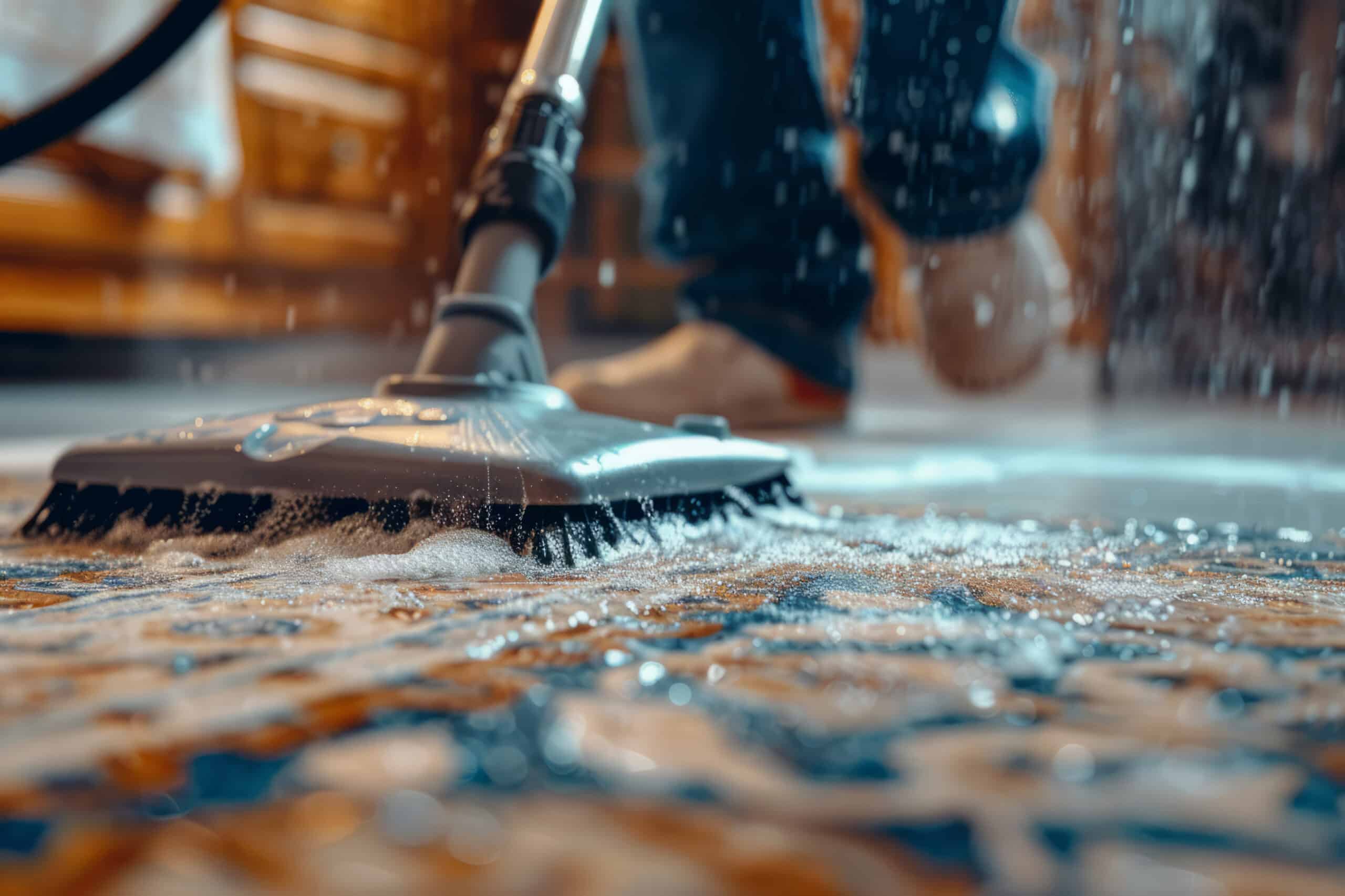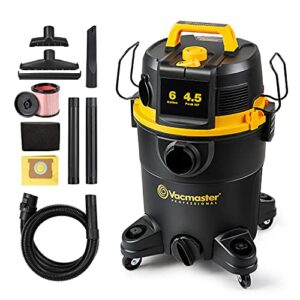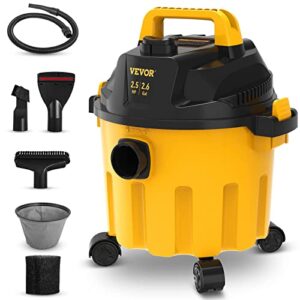How to Use a Shop Vac to Vacuum Water
Key Takeaways
- Ensure that your shop vac is capable of handling liquids
- Prepare your shop vac by removing collection bags and dry filters, attaching appropriate nozzles or attachments, and plugging it into a grounded GFCI outlet
- Vacuum the water by placing the nozzle on top and holding it in place, slowly moving the nozzle across the surface for larger quantities of standing water, and being mindful of the sound of the shop vac to determine when to move to a new area
Shop vacuums are versatile tools that can be used for a variety of cleaning tasks, including removing water from floors and carpets. Whether you’re dealing with a small spill or a larger water damage situation, using a shop vac can help you quickly and effectively clean up the water. In this article, we will explore the best practices for using a shop vac to vacuum water, including tips on equipment, technique, and maintenance.
1. Ensure Your Shop Vac is Equipped for Liquids
The first step in using a shop vac to vacuum water is to ensure that your machine is capable of handling liquids. Not all shop vacuums are designed for wet use, so it’s important to check the specifications of your model. Look for a shop vac that is explicitly labeled as suitable for wet pick-up or has a separate setting for liquids. Using a shop vac that is not designed for water can lead to damage and potentially dangerous situations.
2. Prepare Your Shop Vac for Water Cleaning
Before you start vacuuming water, it’s important to make a few preparations to ensure safe and effective operation:
- Remove the collection bag and any dry filters from the shop vac. These can get damaged or clogged when exposed to water. If your shop vac has a wet filter or foam sleeve, make sure to install it before use.
- Attach the appropriate nozzle or attachment for water suction. A wet nozzle or a wide, T-shaped attachment is typically used for flat floors, while a crevice tool is useful for tight spaces.
- Plug your shop vac into a grounded GFCI outlet. This is important for electrical safety when using electrical equipment near water.
3. Vacuum the Water
With your shop vac prepared, you can now start vacuuming the water. Follow these steps for effective water removal:
- Start by placing the nozzle on top of the water. Hold it in place until the water is depleted, allowing the shop vac to do most of the work. Avoid rapidly moving the vacuum back and forth, as this can spread the water and make the job more difficult.
- If you’re dealing with a larger quantity of standing water, keep the nozzle on top and turn on the vacuum. Slowly move the nozzle across the surface, allowing the suction to pull up the water.
- As you vacuum, be mindful of the sound of the shop vac. When the sound changes, indicating that the water is mostly gone, it’s time to move to a new area and repeat the process.
4. Empty the Canister and Clean Up
Once you have finished vacuuming the water, it’s important to properly empty the canister and clean the shop vac:
- Before pouring out the water, remove any large debris from the canister to prevent clogs or damage to the shop vac.
- Dispose of the water properly, avoiding pouring it into garden beds or areas where it may cause damage or contamination.
- Clean and disinfect the canister and accessories after use to prevent mold and mildew growth. Rinse the hose with a garden hose to remove any remaining dirt or debris. Use an all-purpose cleaner to clean the canister and vacuum assembly, then rinse everything again and allow it to dry. It’s recommended to store the shop vac with the canister upside down to ensure complete drying.
Conclusion
Using a shop vac to vacuum water can be an effective way to clean up spills and handle water damage situations. By following the best practices mentioned in this article, such as ensuring your shop vac is equipped for liquids, preparing the vacuum properly, using the right attachments, and cleaning up afterward, you can safely and efficiently remove water from various surfaces. Remember to always prioritize safety and follow the manufacturer’s instructions for your specific shop vac model.
Related Websites:
FAQs:
Q: What is a shop vacuum and how is it used?
A shop vacuum is a powerful and versatile cleaning tool designed for heavy-duty tasks. It can be used to vacuum water, dirt, debris, and even small particles. To use a shop vacuum for water suction, you need to follow specific steps to ensure safety and effectiveness.
Q: What are the important specifications for vacuuming water effectively with a shop vac?
To effectively vacuum water with a shop vac, you need a larger collection tank to accommodate the water volume. Sufficient horsepower is also crucial to handle water suction. Additionally, using a water-specific filter is necessary to prevent damage to the motor.
Q: How do I prepare a shop vacuum for water suction?
Before vacuuming water, you should empty and clean the collection tank, ensuring it is dry. Attach a hose specifically designed for water suction and secure the water-specific filter properly.
Q: What are the steps to safely vacuum water using a shop vac?
To safely vacuum water with a shop vac, use a GFCI outlet and keep electrical components away from water. Fully immerse the hose into the water to create suction, and move the hose in a slow and steady motion to avoid splashing.
Q: How should I empty and clean the shop vacuum after vacuuming water?
After vacuuming water, turn off the shop vacuum and disconnect the power source. Empty the collection tank properly and dispose of the water collected. Clean and dry the hose, filter, and collection tank to prevent mold or mildew growth.






